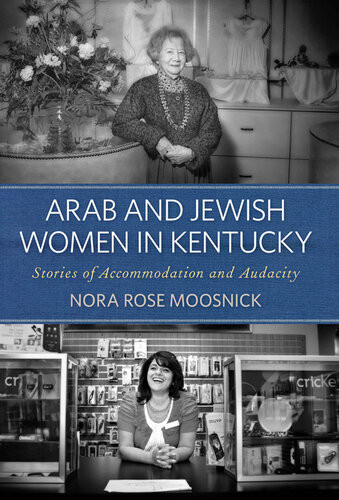

Most ebook files are in PDF format, so you can easily read them using various software such as Foxit Reader or directly on the Google Chrome browser.
Some ebook files are released by publishers in other formats such as .awz, .mobi, .epub, .fb2, etc. You may need to install specific software to read these formats on mobile/PC, such as Calibre.
Please read the tutorial at this link: https://ebookbell.com/faq
We offer FREE conversion to the popular formats you request; however, this may take some time. Therefore, right after payment, please email us, and we will try to provide the service as quickly as possible.
For some exceptional file formats or broken links (if any), please refrain from opening any disputes. Instead, email us first, and we will try to assist within a maximum of 6 hours.
EbookBell Team

4.3
58 reviewsOutwardly it would appear that Arab and Jewish immigrants comprise two distinct groups with differing cultural backgrounds and an adversarial relationship. Yet, as immigrants who have settled in communities at a distance from metropolitan areas, both must negotiate complex identities. Growing up in Kentucky as the granddaughter of Jewish immigrants, Nora Rose Moosnick observed this traditionally mismatched pairing firsthand, finding that Arab and Jewish immigrants have been brought together by their shared otherness and shared fears. Even more intriguing to Moosnick was the key role played by immigrant women of both cultures in family businesses—a similarity which brings the two groups close together as they try to balance the demands of integration into American society.
In Arab and Jewish Women in Kentucky: Stories of Accomodation and Audacity, Moosnick reveals how Jewish and Arab women have navigated the intersection of tradition, assimilation, and Kentucky's cultural landscape. The stories of ten women's experiences as immigrants or the children of immigrants join around common themes of public service to their communities, intergenerational relationships, running small businesses, and the difficulties of juggling family and work. Together, their compelling narratives give greater voice to Arabs and Jews in America's rural areas.